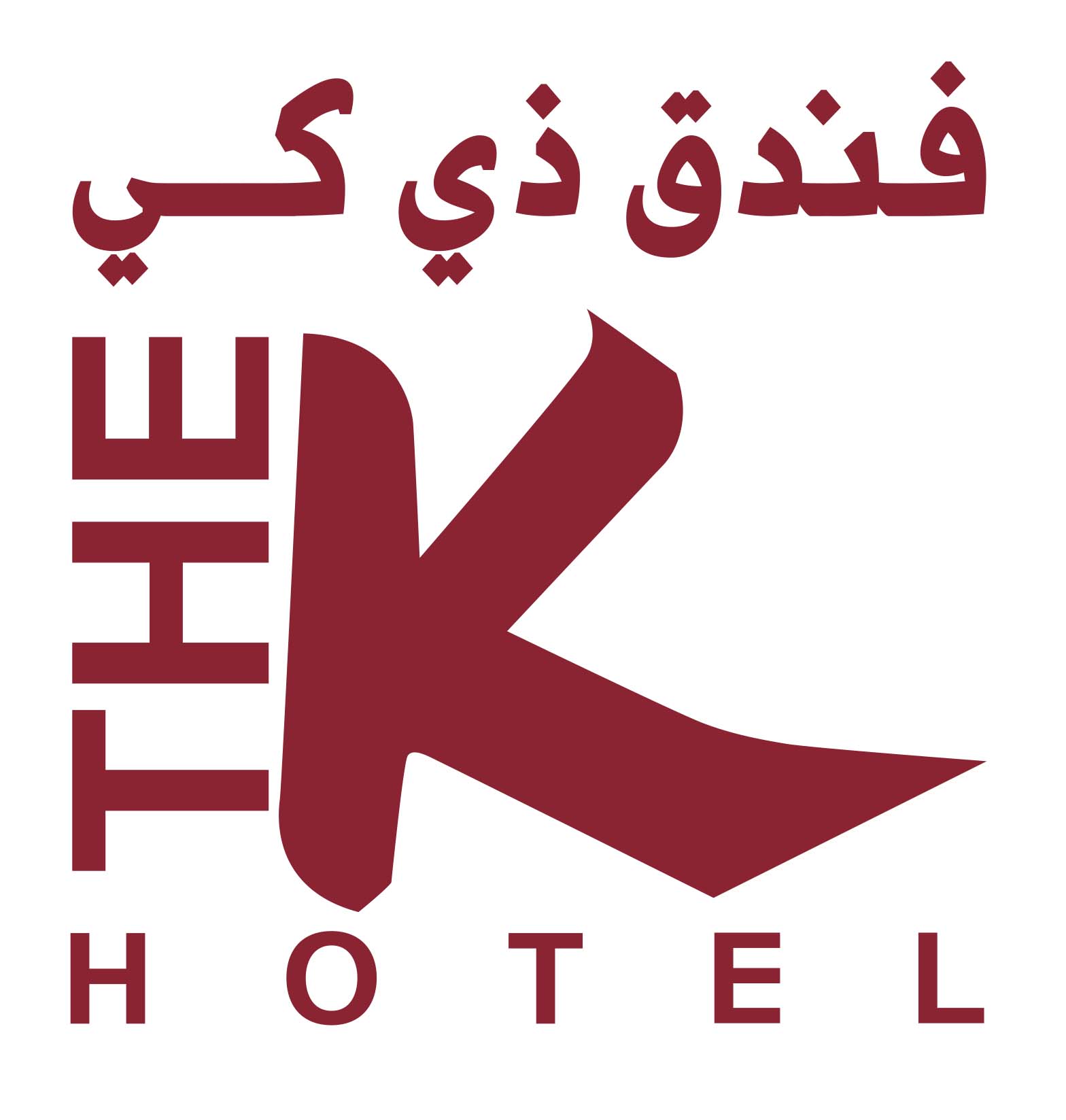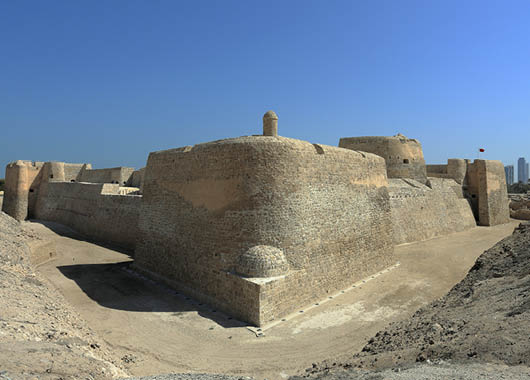


Formula One has been an annual part of Bahrain’s sporting scene since April 2004. Bahrain’s Grand Prix made history as the first Formula One Grand Prix to be held in the Middle East and was awarded the “Best Organized Grand Prix” by FIA. Even when Formula One is not taking center stage at the Bahrain International Circuit, visitors can take the wheel themselves on its state-of-the-art karting track or enjoy a thrilling ride in the passenger seat of a Hummer on its Extreme 4x4 course. Of course, a visit to the circuit is a must so as not to miss the opportunity to test drive a race car on the F-1 track itself.

The Qal'at al-Bahrain (Arabic: قلعة البحرين; Portuguese: Forte de Barém), also known as the Bahrain Fort or Portuguese Fort, is an archaeological site located in Bahrain. Archaeological excavations carried out since 1954 have unearthed antiquities from an artificial mound of 12 m (39 ft) height containing seven stratified layers, created by various occupants from 2300 BC up to the 18th century, including Kassites, Greeks, Portuguese and Persians. It was once the capital of the Dilmun civilization and was inscribed as a UNESCO World Heritage Site in 2005. The fort and the tell Qal'at al-Bahrain is built on, are located on the Bahrain island, on the northern seashore. On a clear day it is also seen from Saar. It stands like a "sentinel" near Manama, the capital of Bahrain; it is 6 km (4 mi) away from Manama on the fertile north coast. The tell is the largest in the Persian Gulf region and was built close to the port and by reclamation of seashore land. The archaeological findings, which are unearthed in the fort,reveal much about the history of the country. The area is thought to have been occupied for about 5000 years and contains a valuable insight into the Copper and Bronze Ages of Bahrain.